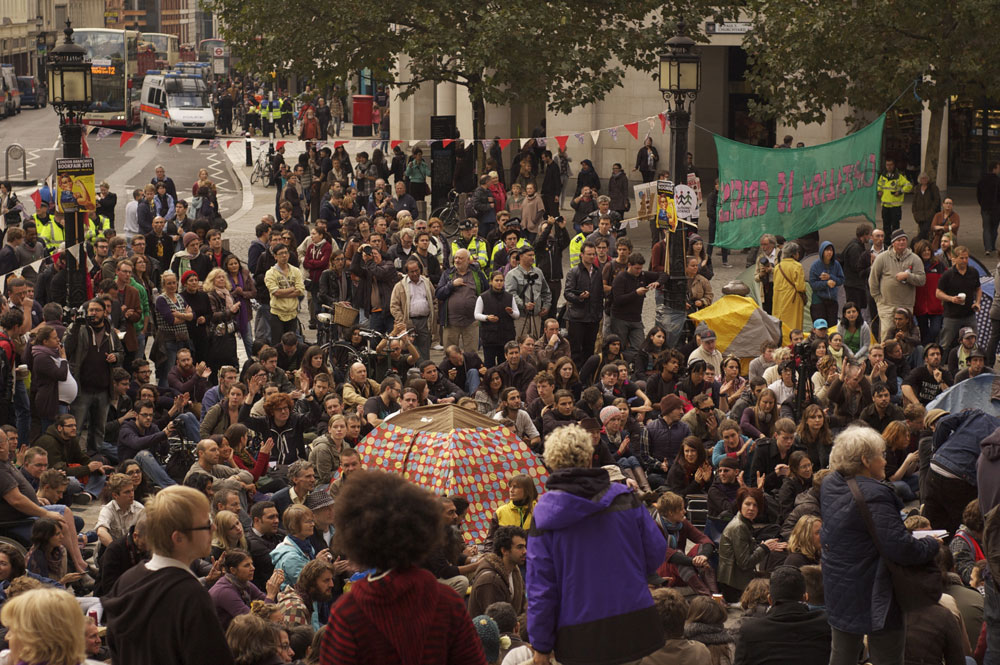 Occupy LSX, 2011
Occupy LSX, 2011
I have conducted research on Occupy camps in Hong Kong and London as part of an international and inter-disciplinary research project funded by the Norwegian Research Council called ‘Re-Assembling Democracy: Ritual as Cultural Resource’. My research for the project has included a field trip to Hong Kong to document the Occupy camp that was established under the HSBC (Hong Kong and Shanghai Banking Corporation) building (designed by Norman Foster) in Central Hong Kong on October 15, 2011, and documentation of various Occupy events organised in London since the dissolution of the camp outside St Paul’s Cathedral in February 2012, notably the Occupy Democracy protest that took place in October 2014 in Parliament Square. The wave of occupations of urban space that link these protests together has been called the ‘Occupy Movement’ which broadly describes a series of local and global struggles against neoliberalism and for economic justice and democracy.
In Hong Kong, the camp had been closed down long before I was able to get there to conduct my research. My plan was to interview camp participants and my interviewees came primarily from two political groupings: Left 21 and FM 101. I interviewed Left 21 activists one at a time, face-to-face in public places such as noodle bars and tea houses. By contrast, FM 101 activists preferred group discussions in their shared space which involved multiple responses to questions, people leaving, arriving, eating, smoking, paying attention or not, staring into space, starting separate conversations, sharing words or not, pauses, glances and knowing and unknowing asides.
These different modes through which I got access to the participants of the Hong Kong Occupy camp were linked to their very different conceptions of politics: Left 21 is a conventional political pressure group that seeks to represent specific political demands as a means of securing policy-level political change. By contrast, FM 101 activists saw the protest as an opportunity to establish a community that would itself be the demand. I was struck by these differences, and noted that the method of communicating one-to-one in a neutral setting, as compared to a conversation that unfolds amidst a group in a space that holds affective significance for co-participants, pointed to two quite distinct epistemologies and ontologies. The interviews with Left 21 activists conformed to a model of communication characterized by isolated individuals sending, signalling and then receiving the messages passed between them. I asked questions and my research participants answered them, their spoken narratives standing in as representations of an event and of an experience. Working with FM 101 activists required from me a different sensibility whereby knowledge was understood not as neat, pre-fabricated packets that could be sent from head to head through language, but rather as something messy that needed co-assembling through the process of conversation. For FM 101 there were no isolated individuals to send or receive messages, only the interactions of which my fieldwork was a brief part.
In London at the Occupy Democracy camp, my role was closer to that of an ‘activist researcher’. Initially I focused on the substantive content of the various speeches and debates that the protest enabled. However, by the morning of the second day, as Heritage Wardens supported by Police began circulating the fringes of the protest snatching unguarded placards and other items of protest material culture and destroying them, it became clear to me that the most interesting element of the protest was not the speeches and discussions but the iconoclastic violence (by which I mean the deliberate destruction of objects for political reasons) carried out, without irony, by the ‘Heritage Wardens’. Since then I have been trying to think about protest objects as political agents activated (or should I say ‘animated,’ given my background in religious studies) by events such as protest. This has consequences both for how politics and research methods are imagined and practised, particularly if the dominant idea at the heart of each is ‘representation’.
For FM 101 in Hong Kong, politics was not so much about the representation of demands or positions but the production of a new political field, itself fabricated from the occupying of the space under the HSBC (and thereby, the intrusion of the social into a previously a-social urban space). Similarly in London: the protest did not simply represent a political position but, for its duration, it materialized a host of agentive, political objects into Parliament Square (a space already saturated with political monuments and iconographic architectures that turned out to be intolerant of their improvised rivals) and in so doing, suggested an imaginary for politics that might not be contained by liberal rationalism: i.e., the assumption that politics is a field of purposive, rational action by human subjects (from which agentive non-humans such as protest banners and monuments are excluded). If I started with the idea of my research being focused on documenting or representing events in Hong Kong and London, I have also privileged evocation as a means of expressing how particular moments open up alternative epistemological and ontological possibilities for research and for politics.
The Methods in Motion blogs are by researchers linked to the Centre for Citizenship, Identities and Governance. The blogs represent their opinions emerging from research in progress, and do not necessarily represent the views of the Research Centre or Open University. You can discover more about Methods in Motion on the CCIG website.

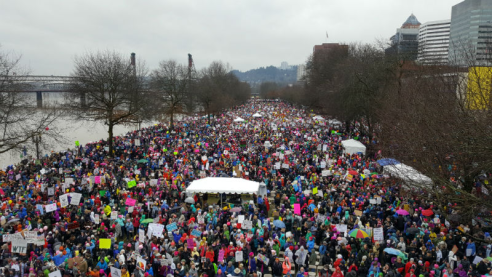
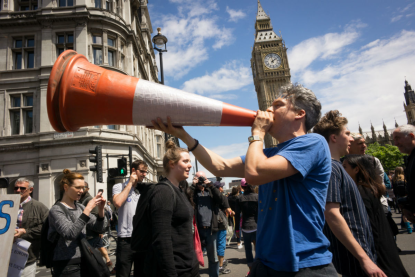
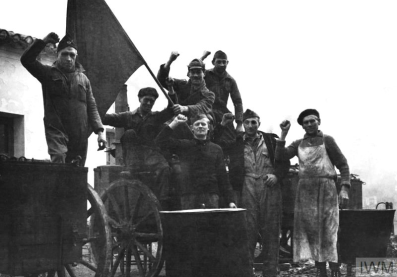
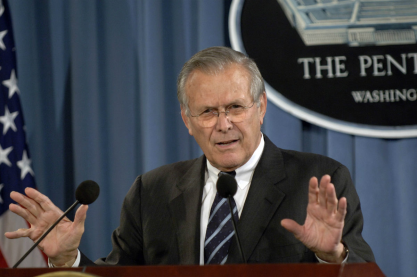
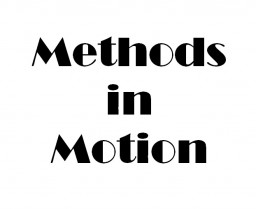
Rate and Review
Rate this article
Review this article
Log into OpenLearn to leave reviews and join in the conversation.
Article reviews